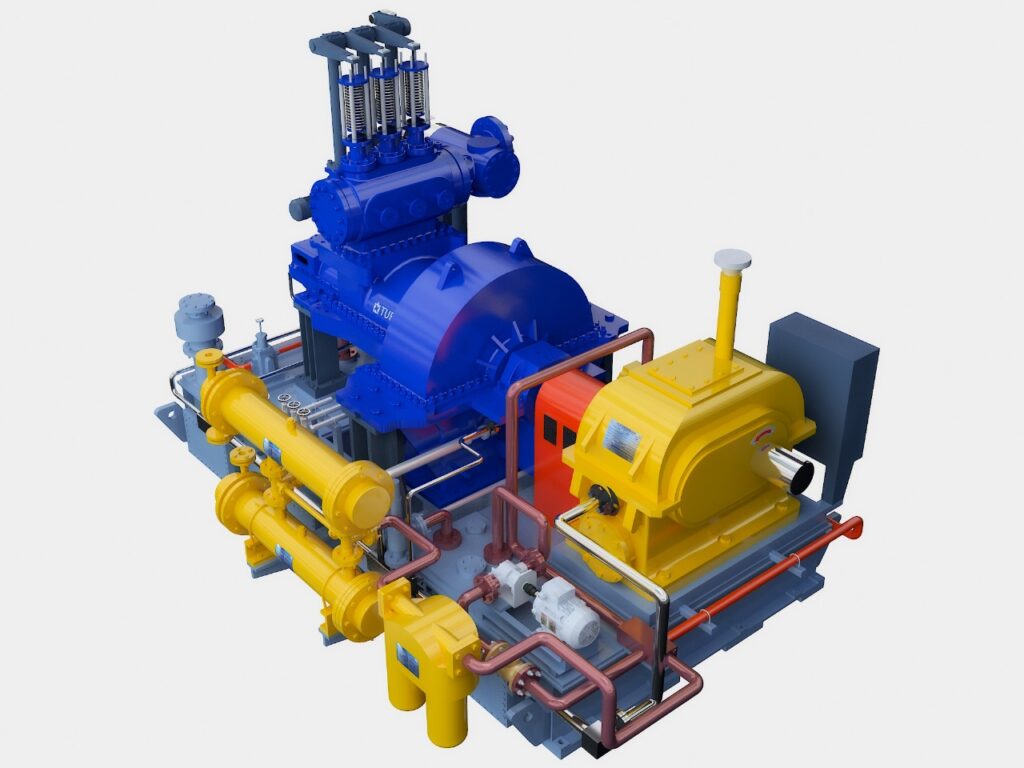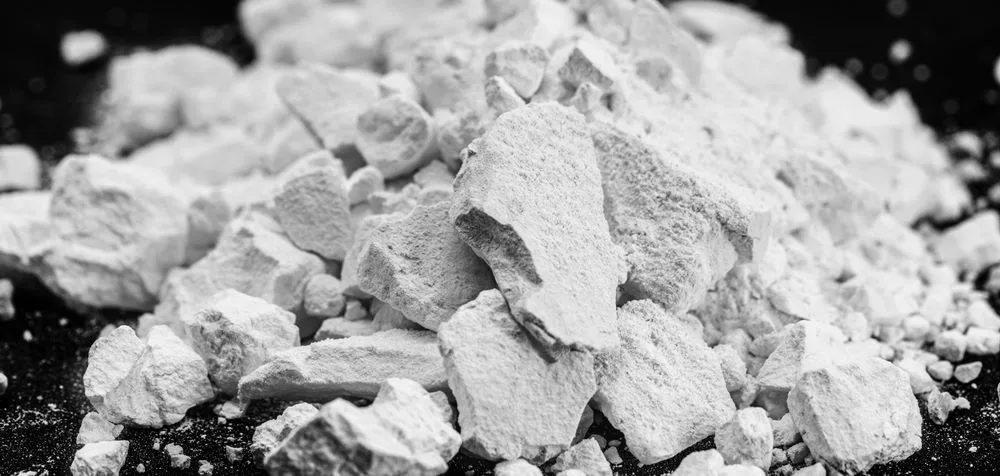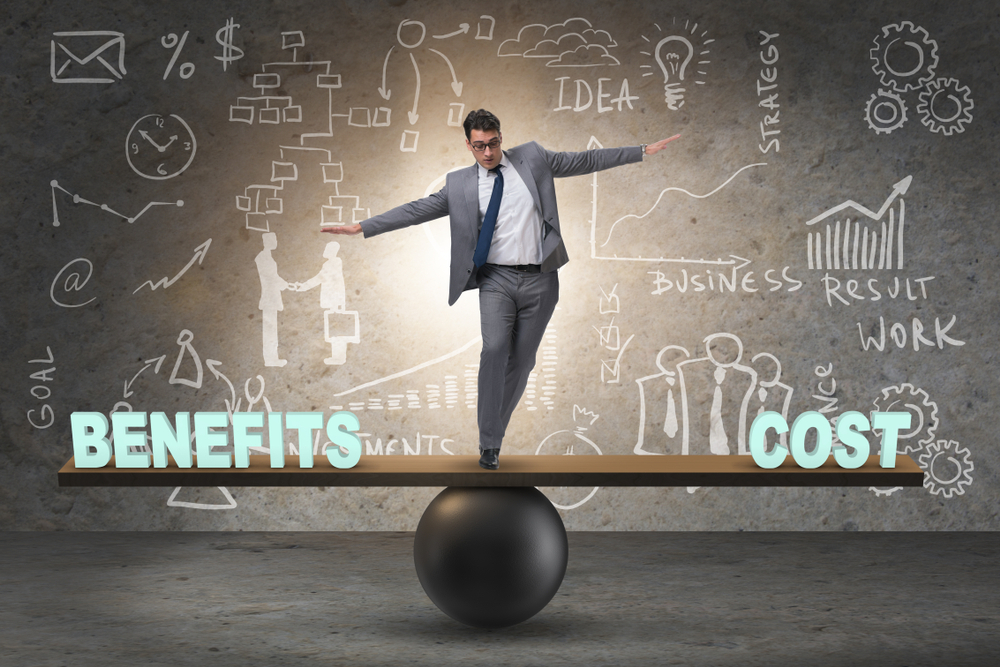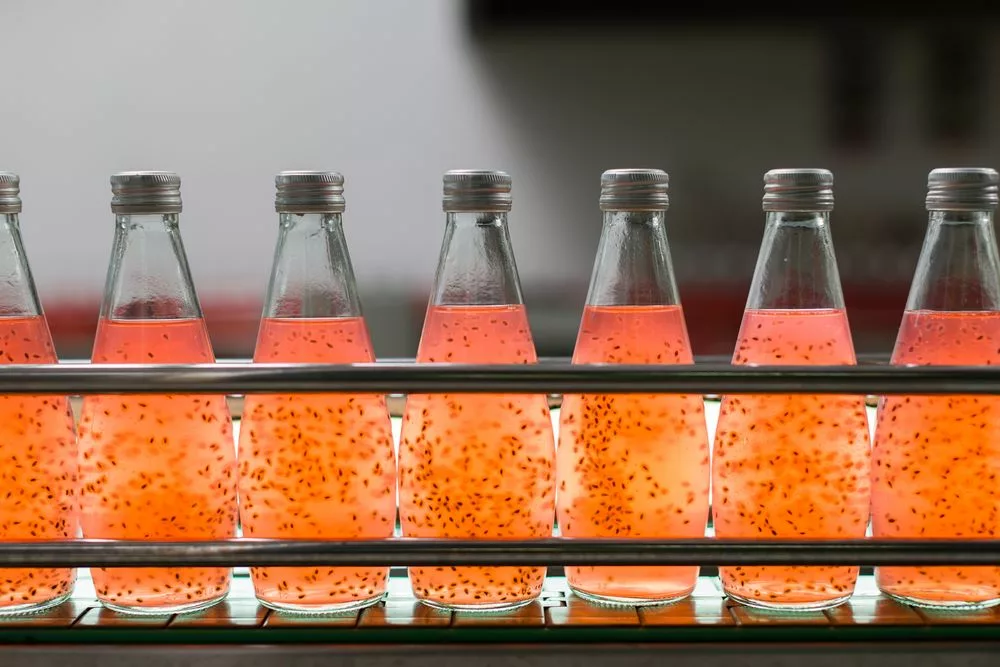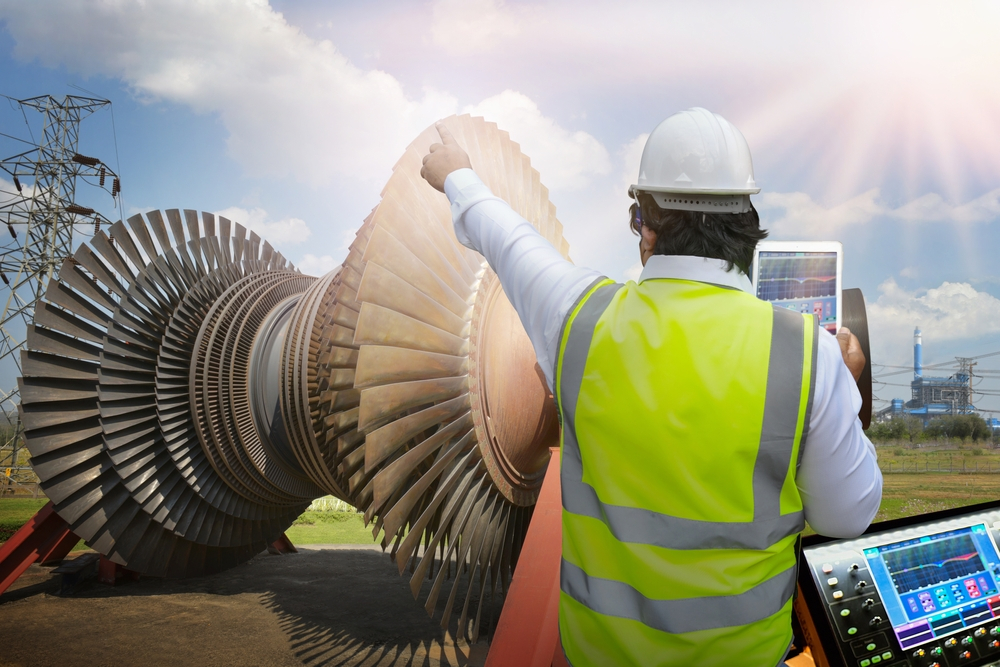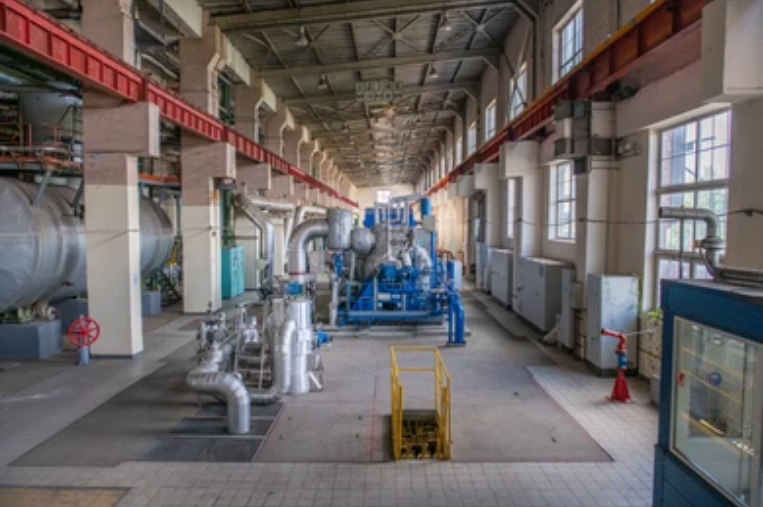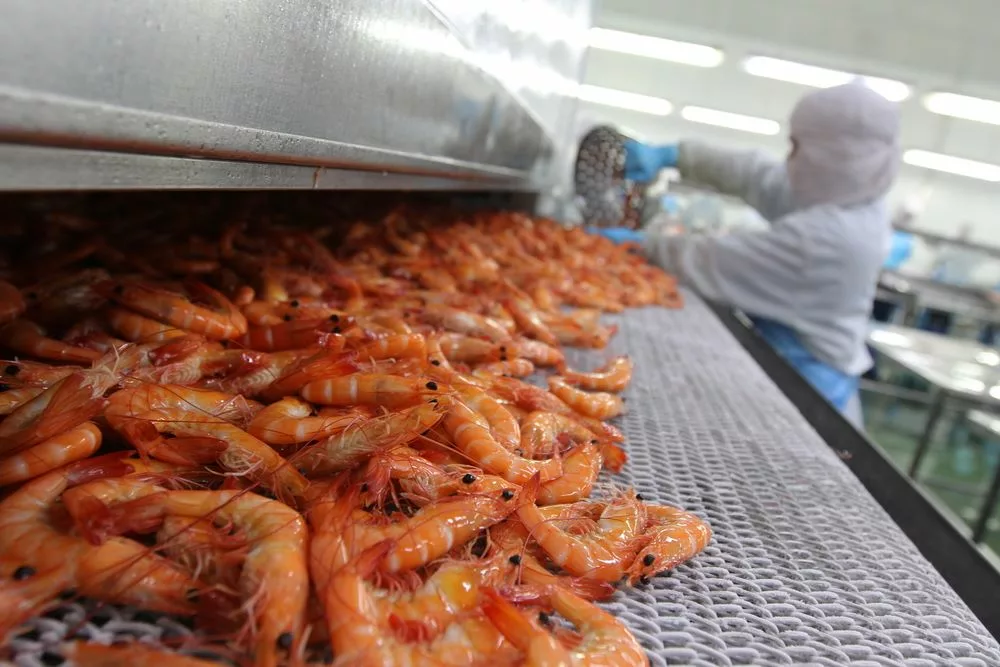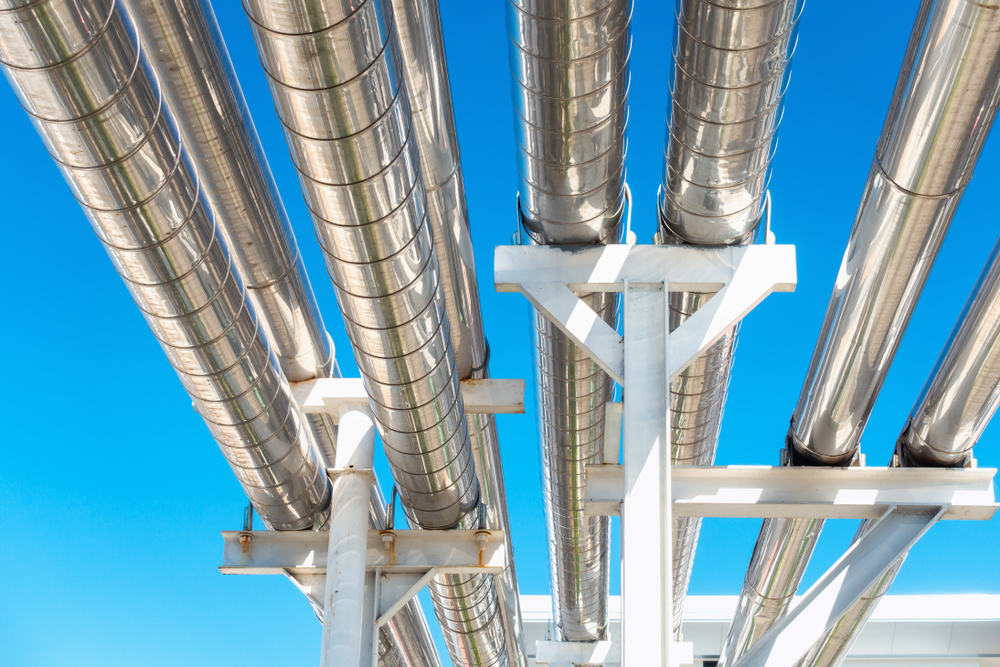Condensing Steam Turbines are the most commonly found in Thermal Power Plants. In a Condensing Steam Turbine, the maximum amount of energy is extracted from the steam.
Following are the precautions to be taken,
- To maintain the vacuum level in the condensation system of the Turbine, the Vaccum ejector system should be used. A vacuum ejector uses steam pressure to draw Non Condensable fluids and to maintain a vacuum in the condenser.
- Steam piping should be reviewed, analyzed, and designed properly before installation. The steam piping must be designed to allow expansion of the Steam piping for the Condensing Steam Turbines. There should be leakproof piping.
- The condensate Extraction Pump should be capable to operate at condenser pressure. Most condensers are kept under a vacuum. Hence to condensate extraction pump needs to be properly chosen.
- Water Quality for steam generation should be appropriate. Water should be free from minerals. Mineralized water leads to scale formation inside the tube surface which leads to poor heat transfer in the system.
- Appropriate elevation should be maintained between Steam Turbine and condenser and also between the condenser and condensate extraction pump.
